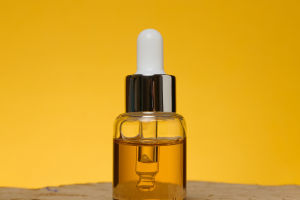Cattle are domesticated animals that are widely reared for their meat, milk, and hide. There are several breeds of cattle, including Angus, Hereford, Brahman, and Holstein, among others. Cattle have different feeding habits, and they generally eat green fodder or roughage.
The green feed includes natural forage, artificially cultivated forage, and vegetable feed. This type of feed is characterized by richer nutrients, higher crude protein content, which can be up to 12%-25%, and better quality than seeds and agricultural by-products. Additionally, the content of crude fiber is lower in the early stage of plant growth, but higher in the later stage.
Green fodder is also known for its good palatability and easy digestion, but it has a larger volume and contains more water. Leguminous green fodder, such as alfalfa and clover, is of better quality than a gram and vegetable fodder.
On the other hand, roughage is the main feed for cattle, and it contains more crude fiber. Any feed with a crude fiber content of over 18% in the dry matter is considered roughage.
Roughage includes hay, straw, and husk, which are characterized by their large size, high crude fiber content, and low nutritional value. The protein content of roughage varies greatly with its type.
Experienced cattle farmers often judge the age of cattle by looking at their teeth and then combining it with the cattle's appearance and horn wheel. Cattle have a total of 32 incisors, with 12 above and 20 below. The top teeth are less than the bottom corresponding to eight teeth. Cattle begin to replace their middle pair of milk teeth when they are between 1-2 years old.
They replace the second pair of milk teeth when they are between 2-3 years old, the third pair of milk teeth when they are between 3-4 years old, and the fourth pair of milk teeth when they are between 4-5 years old. At this point, the cow's eight incisors are all replaced. Cattle that are over 5 years old can be judged by the wear of their teeth.
Cattle have different feeding habits, and it is crucial for cattle farmers to provide them with a balanced diet to ensure their growth and health. Green fodder and roughage are the main types of feed for cattle, with green fodder being of higher quality and containing more nutrients.
Additionally, cattle farmers can determine the age of their cattle by looking at their teeth and combining it with the cattle's appearance and horn wheel. This knowledge is crucial for farmers to make informed decisions about their cattle's health, growth, and productivity.


